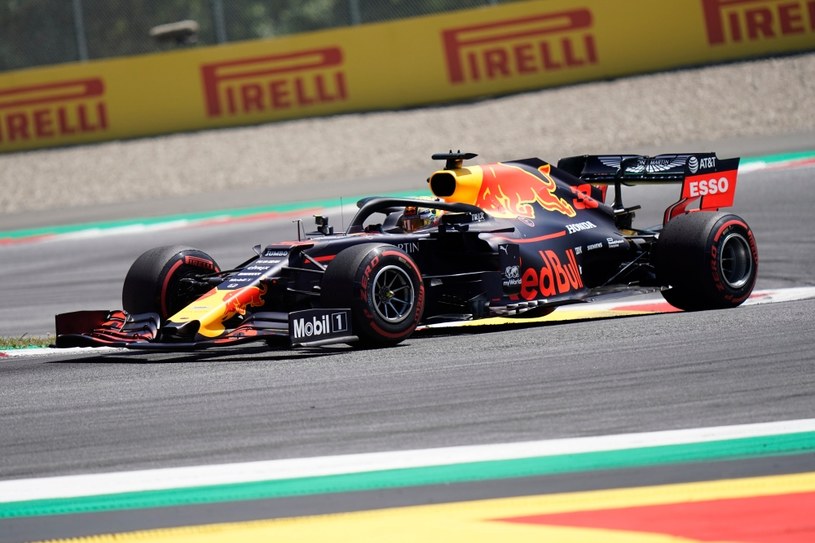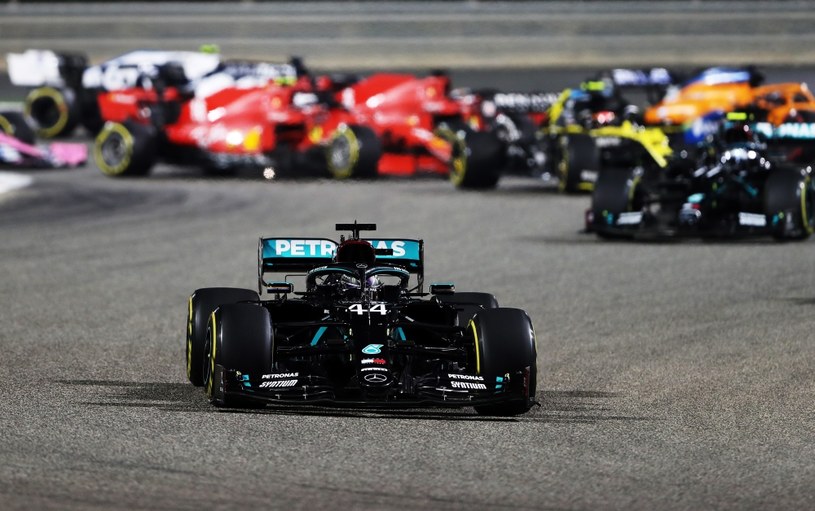
Hamilton’s run of drivers’ championships ended in deep controversy in 2021, though Mercedes retained the constructors’ championship. Along with Hamilton they saw off a rising threat from Ferrari over the coming years, which abruptly receded in the pandemic-shortened 2020 season, resulting in Mercedes’ most dominant campaign since Rosberg’s days at the team. Rosberg unexpectedly retired after his title win and the team appointed Valtteri Bottas as his replacement. Mercedes’ record-breaking seven-year run of double titles is the longest in the sport, as well as securing the team a massive 73.9% win percentage of races over that period. Hamilton took a further five drivers’ titles, only beaten by then-team mate Nico Rosberg in 2016. Mercedes’ dominance continued through the hybrid era, with the team winning every constructors’ championship from that 2014 season onwards. Of those, 11 were scored by Hamilton, who also won his second drivers’ title. In a 19-race campaign the team dominated the championship, taking 18 pole positions and 16 wins. Mercedes prepared perfectly for F1’s new era of V6 hybrid turbo engines.

Lewis Hamilton replaced Schumacher for the 2013 season, and the following year the wisdom of that move became clear. The team enticed Michael Schumacher back from retirement to drive for them but it was Nico Rosberg who scored their first comeback win in China in 2012.

#MERCEDES F1 2017 FULL#
It also paved the way for Mercedes to return to the sport as a full constructor in 2010 after it took over the team. It switched teams to McLaren and won championships with them in 1998, 19.Ī last-minute deal to supply the Brawn team with engines in 2009 led to wins in both the drivers’ and constructors’ championships. It wasn’t until 1993 that the Mercedes name was seen again in F1, as an engine supplier to Sauber. Mercedes withdrew from all motor racing competition and did not return until the 1980s. Levegh and over 80 spectators were killed. But the team’s sports car effort was withdrawn from the Le Mans 24 Hours that year after one of its drivers, Pierre Levegh, crashed into the crowd.

Juan Manuel Fangio moved to the team from Maserati part way through 1954 and won the world title.įangio won a second title when joined by Stirling Moss in 1955. When Mercedes returned it picked up where it had left off. In the years leading up to World War Two the German government pumped money into Mercedes and rivals Auto Union to build the most technically advanced racing machines the world had seen.Īfter the war it wasn’t until the mid-fifties that German teams were allowed to compete again.


 0 kommentar(er)
0 kommentar(er)
